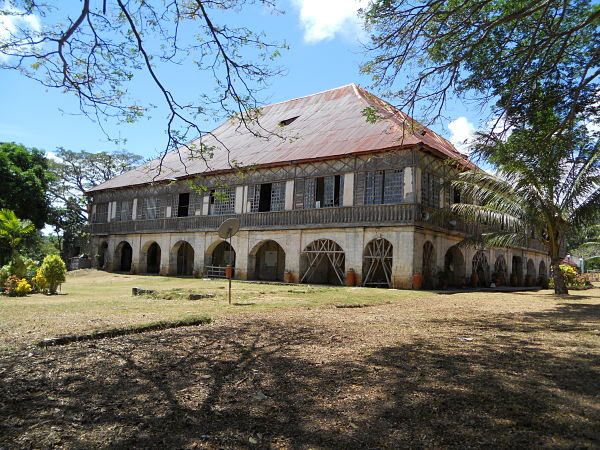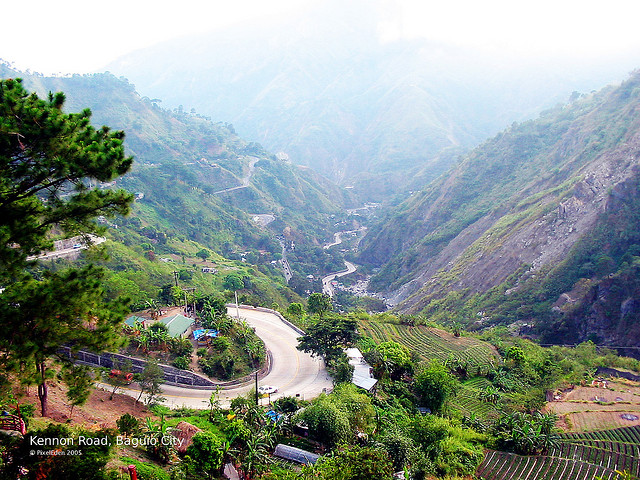“Laci” is synonymous to heritage. Inferring from the sheer size of its convent to the remarkable interior architecture of its church, I could tell that this place must have been one hotbed of religious activity. As it turned out, the Lazi convent was the retreat center, in the late 19th century, of Augustinian Recollects who also established parishes in the neighboring provinces of Bohol, Cebu and Negros.
More than the well-preserved structures, however, what struck me was the uncanny feeling that I was present at that particular time period when the church was just being built. A breeze blowing through the airy windows of its convent and a bright, quiet afternoon all made for one precious time travel experience. For this alone, Lazi should never be missed.
The San Isidro Labrador (St. Isidore the Laborer) Church was constructed from coral stones and local hardwood and finished before the turn of the 19th century.
The wooden floors of San Isidro Labrador Church are remarkably well-preserved (and shiny!). A walk down this aisle would be, well, historic.
The Baroque design of the church is reflected in its ornate and gilded “retablo” or shelves “behind the altar” that contain sacred images.
Priests used to give their sermons from pulpits like this. This one was recently restored through the help of the United States Embassy.
Iconography is central to Catholicism. San Isidro Labrador Church has managed to preserve their century-old icons. The “pieta” or the image of Mary holding the dead body of Christ is one icon always present in old Catholic churches.
The confessional is where Catholics perform the Sacrament of Penance; where they confess their transgressions to the priest and are, in turn, forgiven. Catholic friars during the time of the Philippine Revolution in the late 19th century were suspected of using this sacred booth as a medium for espionage.
The “retablo” on the side awaits restoration, whereas the pulpit on the left has just been given facelift.
The plaque on the wall recognizes the church as a National Cultural Treasure. The plaque was inscribed in 2001.
The convent is still used by the priest as his residential quarters. A small Catholic school operates downstairs.

The Lazi convent is reputed to be the biggest of century-old convents in the Philippines. Up close, it is immense!
I travelled back in time as I gazed out of the convent’s windows and into the church on a lazy, quiet afternoon. The Siquijor Heritage Museum, found on the same floor and just opposite this perspective, contains a collection of mostly Catholic artifacts special to Lazi. The museum could use some serious restoration. Picture-taking was not allowed.
Looking out of a huge window into a sunny, quiet afternoon was an experience unto itself. I seemed to have been transported back to that day when the acacia tree was just a sapling.
Click here for next article (Siquijor series) – >>
Photos by Cherry Vic Patalita



